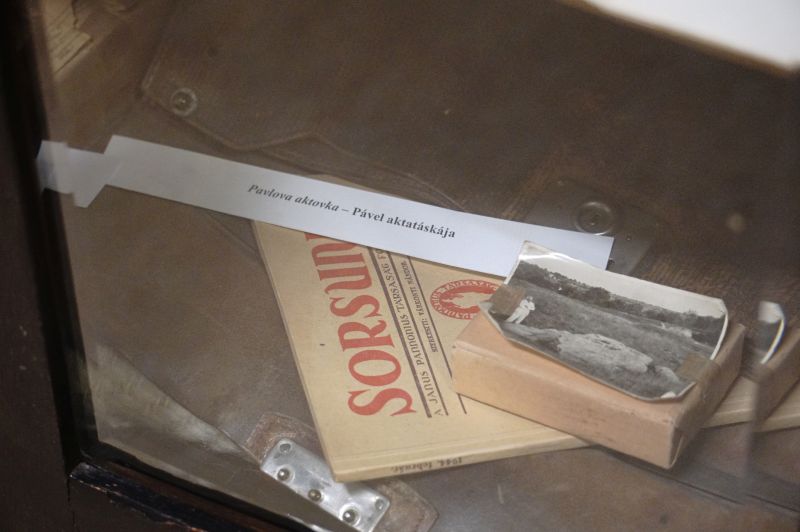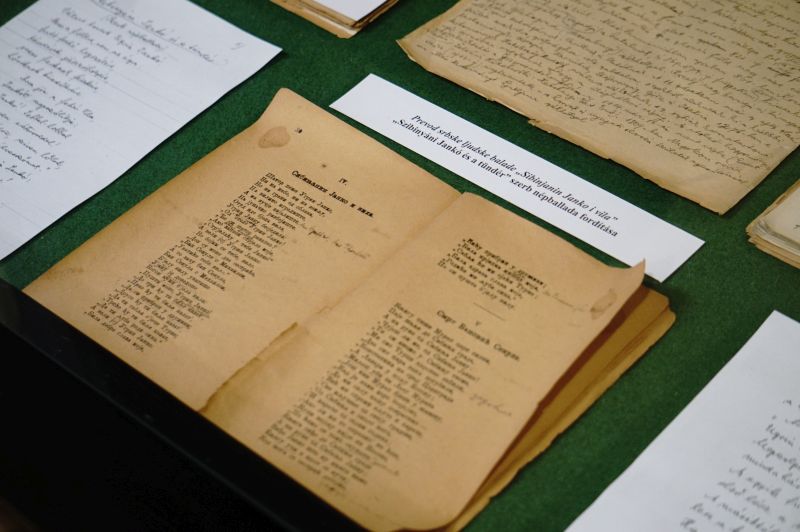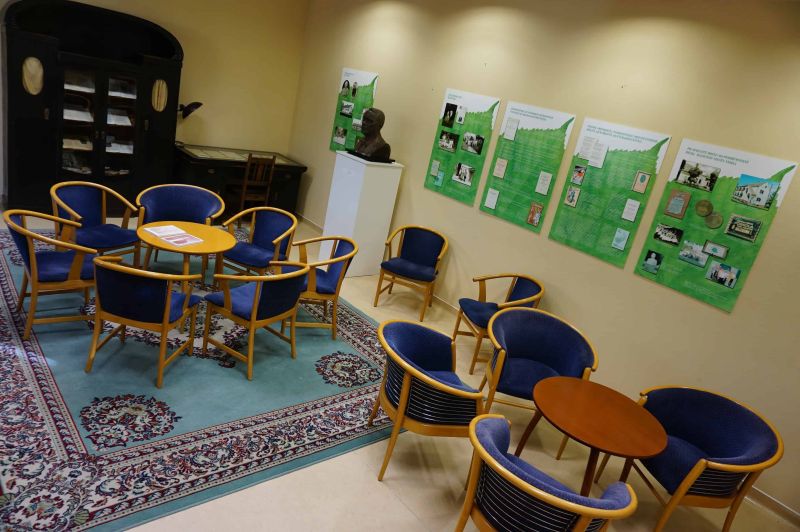Mosaics from the heritage of ELTE – August, 2023
The object of the month - World’s Fair award winner Nummulites preparations made by Miksa Hantken
Miksa Hantken (1821-1893) was the first head of the Department of Palaeontology in Budapest. His immense oeuvre related to several fields of geology and palaeontology is considered of outstanding importance even nowadays. His studies on the palaeobiology of the unicellular animals known as foraminifers (briefly forams), along with his results achieved in the utilization of them in search for the coal-seams of Eocene age – a highly valuated raw material at Hantken’s time – proved to be especially influential. Hantken recognized as first that the test of agglutinated forams (i. e. those that build their test via gluing together the grains available at the bottom where they live) is perforated, and that the tests of consecutive sexual and asexual generations of Nummulites – also known as “the coin of St. Ladislaus or St. Stephan” – are different in structure.
Tests of the fore-mentioned genus are emblematic fossils of marine sedimentary rocks deposited during the 22 million years of the Eocene epoch that began approx. 56 million years ago. The test of Nummulites is either lens- or disc-shaped, consists of several whorls divided into chambers and reaches 10 cm in diameter in some cases. Sound identification of Nummulites species requires the knowledge of internal characters. Usually two sections, oriented perpendicular to each other, are studied. One of them corresponds to the plane of symmetry of the test while the other one contains the imaginary axis of coiling. Beside complete specimens, such Nummulites sections are displayed in more than 2000 “green cassettes”, prepared for demonstrational and commercial purposes by Hantken and Zsigmond Ede Madarász (1822-1884) between 1862 and 1881 and housed in several private and public collections nowadays. 171 “green cassettes” were exhibited at the Vienna World’s Fair held in 1873 and Hantken was awarded gold medal for them.
Nummulites preparations made by Miksa Hantken and currently displayed at the temporary exhibition titled “Hungarian EXPO successes”, opened in the Hungarian National Museum
Size of cassettes is 3x5 cm.
Written by István Szente, ELTE Tata Geological Garden



